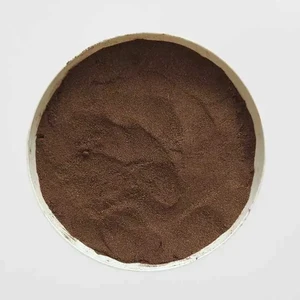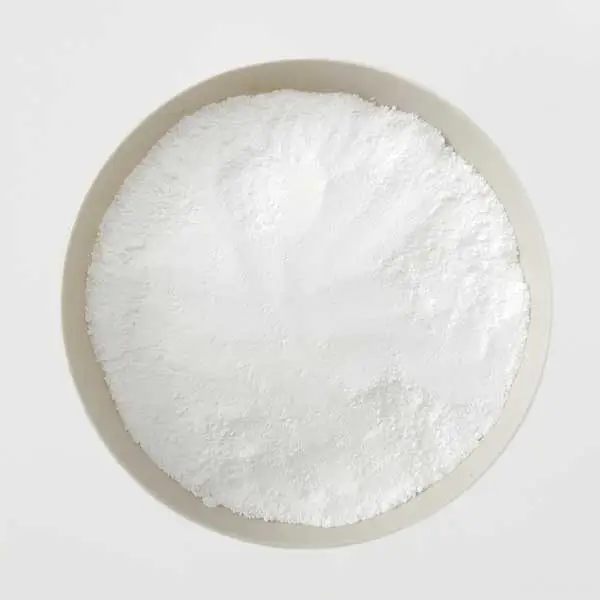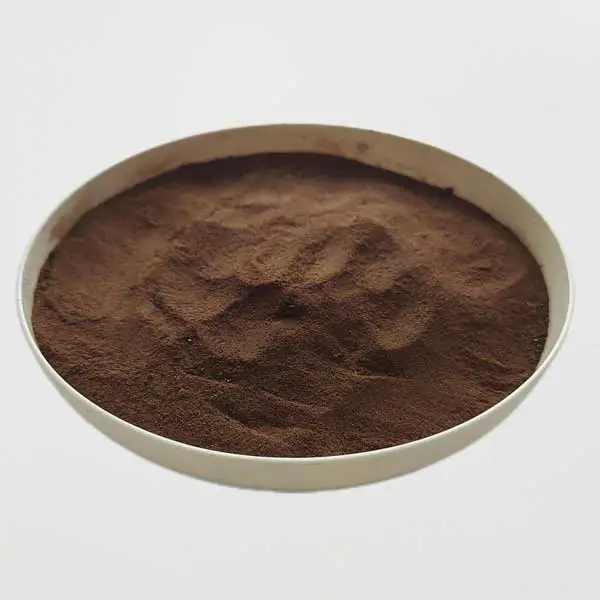The influence of high-efficiency water reducing agents on concrete:
Impact on new concrete
① Workability: The addition of high-efficiency water-reducing agents can enhance the fluidity of concrete. With the increase of the dosage of high-efficiency water reducing agent, the slump of concrete increases. When the dosage reaches 0.75%, the slump increase is the greatest. When the dosage is further increased, the slump increases, but the increase tends to be gentle.
Concrete with high-efficiency water reducing agent added loses its slump rapidly, usually losing most of its slump within one hour, and the slump is greater at higher temperatures. The appropriate dosage of general high-efficiency water reducing agents is 0.5% to 0.75%. When the cement dosage is relatively large, the appropriate dosage is 0.9% to 1.2%.
② Setting time: High-efficiency water reducing agents have little effect on the setting time of concrete. The types and dosages of high-efficiency water reducers vary, and so do the degrees of influence. The influence of high-efficiency water-reducing agents for different types of cement on its setting is also different.
③ Water seepage: Adding high-efficiency water-reducing agents to concrete can lower the rate of water seepage in concrete, which is the cause of water seepage.
④ Air content: Increase the air content of concrete.
⑤ Heat of hydration: The heat of hydration and peak temperature of cement with high-efficiency water-reducing agents are close to those of cement without admixtures, but the peak time is delayed by several hours. The high-efficiency water-reducing agent reduces the heat of hydration of slag cement.
.jpg)
The influence of high-efficiency water reducing agents on hardened concrete
① Compressive strength: Under the condition that the workability of concrete remains unchanged, the strength of concrete increases with the increase of the dosage of high-efficiency water reducing agent.
The tensile strength, flexural strength and bond strength of the reinforcing bars have all been improved to varying degrees.
When the compressive strength of concrete is constant, the addition of high-efficiency water reducing agents has no significant effect on the static elastic modulus of concrete. Even if the compressive strength of concrete increases significantly, the static elastic modulus of concrete will not increase too much.
④ The strength of concrete with the addition of high-efficiency water reducing agent remains unchanged. Its early shrinkage rate is similar to that of blank concrete, and its later shrinkage rate is less than that of blank concrete.
The creep of concrete with high-efficiency water-reducing agent added is slightly less than that of blank concrete.
After adding the high-efficiency water-reducing agent, the long-term strength improvement of the concrete is the same as that of the blank concrete.
Adding high-efficiency water-reducing agents can lower the water consumption of concrete. Under certain workability conditions, high-strength concrete and ultra-high-strength concrete with a compressive strength of 100MPa can be produced.
⑧ Pile hammer resistance performance: The pile hammer resistance performance of concrete mixed with the high-efficiency water reducing agent CRS is better than or at least the same as that of blank concrete.

 English
English 
.jpg)


